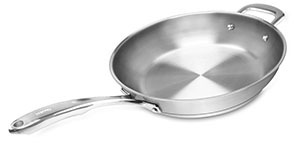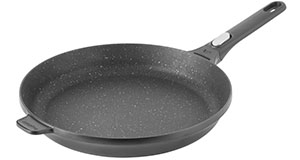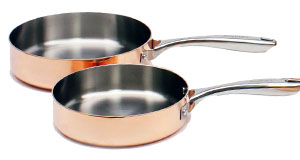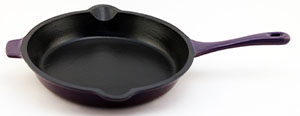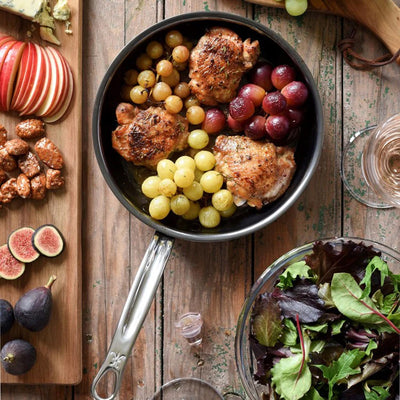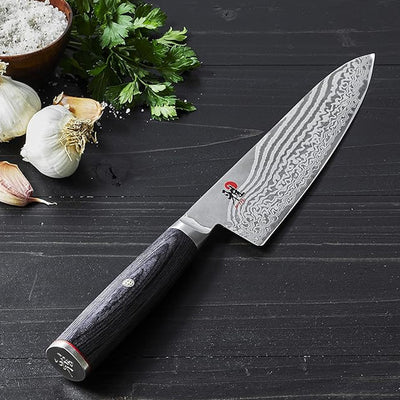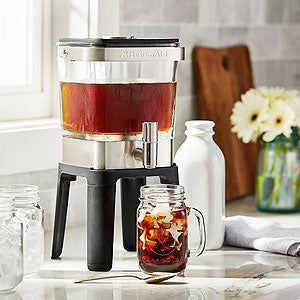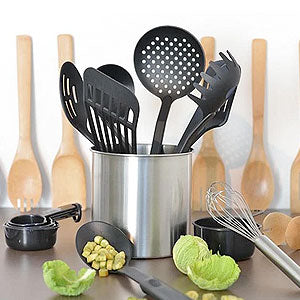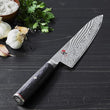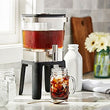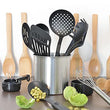Kitchen
Cookware Care Guide
Protect your Investment
Quality cookware can be a major expenditure. You want cookware that looks great and performs well day in and day out. A new set of cookware will give you years of enjoyable cooking, especially if you treat your pots and pans with care.
Proper cleaning and use will ensure your cookware lasts. To make sure your pots and pans are getting the care they need, you should keep in mind the material from which they are made and clean them accordingly. Here are some tips for the correct use and cleaning of different types of cookware.
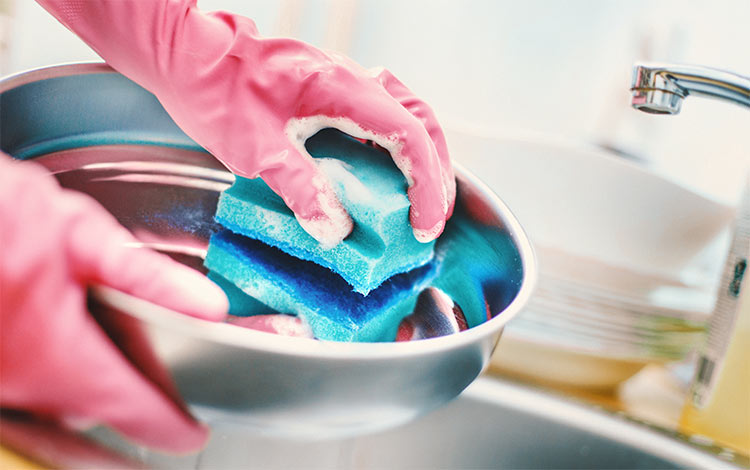
Proper cleaning and care will ensure your cookware lasts.
Care of your Cookware
While we love cooking and eating the meals we prepared, cleaning up afterwards is not an activity most of us enjoy. But to keep our cookware looking and performing its best for years to come, it’s worth it to properly clean and maintain our pots and pans. Here’s some cleaning tips for different types of pan materials.
Stainless Steel
Allow stainless steel to cool down before cleaning. Glass lids especially need to be cool to prevent cracking from thermal shock that can occur if a hot lid is rinsed or submerged in cooler water. Stainless steel cookware is usually dishwasher safe, but can also be handwashed. If the handles are plastic or wood, handwashing is recommended to prevent damage from the higher temperatures and more abrasive cleaners used in dishwashers. Use stainless steel cleaners, lemon juice, or vinegar to remove any discoloration or deposits.
Aluminum
Cleaning aluminum in a dishwasher can speed up oxidation which dulls and whitens the aluminum’s finish. Always clean aluminum cookware by hand.
Nonstick
Cool down cookware with nonstick coating before cleaning. Handwashing with a soft sponge or cloth and liquid dish soap is recommended. Some may be dishwasher safe, but cleaning in the dishwasher can discolor your cookware. Never use abrasive cleaning agents, steel wool, or cleaning powders on nonstick pots and pans.
Copper
Copper cookware should always be washed by hand in a mild dish detergent and with a washcloth, soft brush, nylon pad, or sponge. Avoid using abrasive cleaners or bleach. Periodically use a copper polish made for cookware to remove any tarnish or dark spots.
Cast Iron
Non-Enameled Cast Iron: Allow to cool, then clean promptly with plain water or mild slightly soapy water. Do not immerse or soak cast iron. Tough cooking residues can be scrapped with a nylon or plastic scraper or brushed off with a soft brush. Rinse and dry immediately. After cleaning rub it with a light application of seasoning spray, vegetable, or canola oil to maintain the non-stick finish. Re-season yearly by rubbing it with unsaturated oil after cleaning and baking it upside down in the oven at 375 degrees F for one hour. This opens the metal’s pores and allow the oil to seep in and create a thin polymerized layer that gives cast iron its nonstick properties.
Enameled Cast Iron: Allow to cool before placing enameled cast iron cookware in water. Handwash promptly with mild soapy water. To remove any food residue, fill the pan with warm water and let it soak for 15 to 20 minutes before washing. Dry thoroughly. Some enameled cast iron is dishwasher safe, but handwashing is recommended to prevent damage to the enamel’s finish. Use non-metallic utensils when cooking to prevent scratching the enamel.
Proper care and a little effort in maintaining your cookware will ensure it provides years of good service for years to come. If you need to add to your existing stock of pots and pans or are looking to start with a new set, check out the great selection of quality cookware at Riverbend Home.

